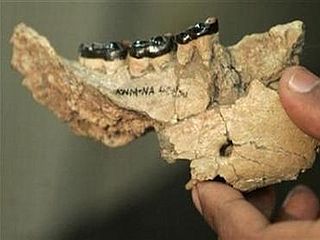
Slovenia has long been known for an abundance of interesting archeological sites, but one found at the beginning of the 20the century was thought to be unremarkable until Italian scientists made a groundbreaking discovery more than a century later.
The remarkable object was a jawbone discovered in a cave near the village of Predloka in what is now southwestern Slovenia. It had once belonged to a man in his twenties. Even though it was 6500 years old, such skeleton fragments were common in the area, and the jawbone was given to the Trieste Museum, where it was then essentially forgotten for a hundred years.
In 2012, a group of Italian scientists from the Abdus Salam International Center for Theoretical Physics decided to test a new archeological X-ray machine on the jawbone. When they saw the first images, they made a remarkable discovery. The jawbone contained what looked like a tooth filling, even though it dated back to an era long before the first fillings or other dental accessories were thought to have been first used. (Gold dentures became common in the Roman era.)
The scientists made a 3D computer model of the tooth. It turned out that the prehistoric man suffered from tooth decay, and a filling made of beeswax was used to soothe the pain from the open root canal.
The Predloka discovery changed history books. It altered our conception of both medicine and the use of beeswax – while reminding us of the long tradition of beekeeping in the Slovenian lands. And it was all thanks to an ordinary-looking jawbone found in Slovenia more than a century ago.

































































